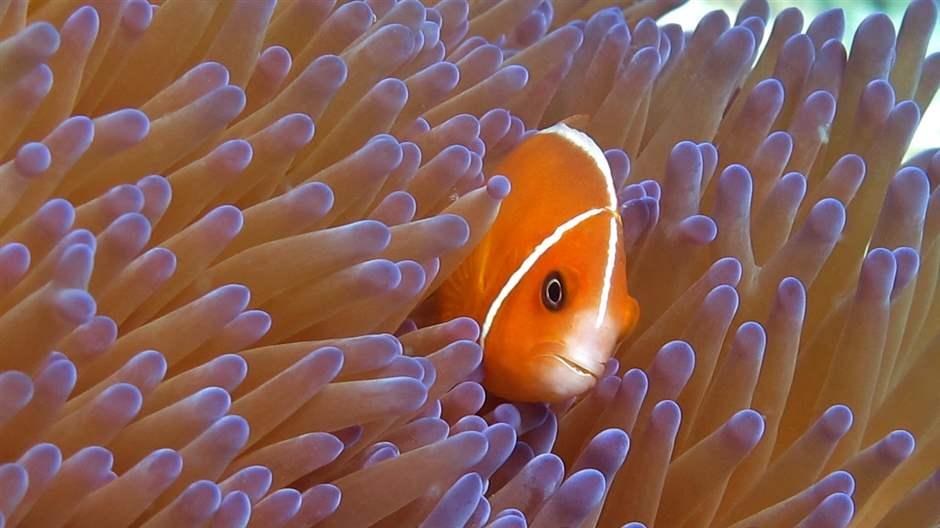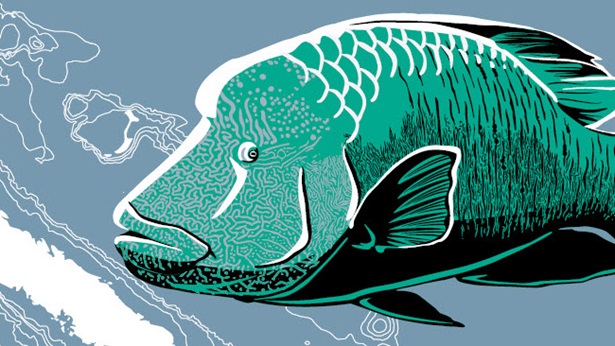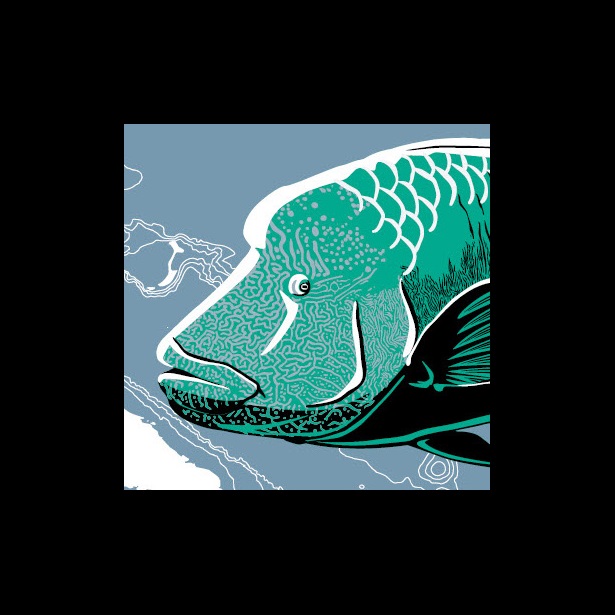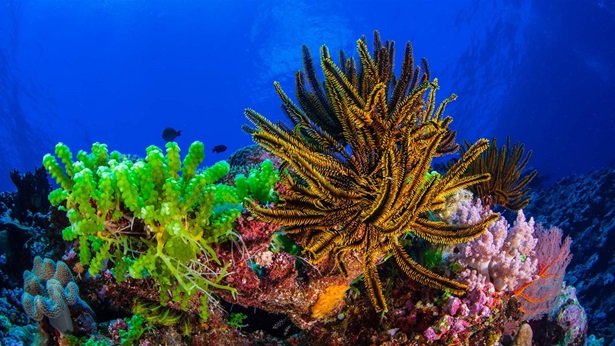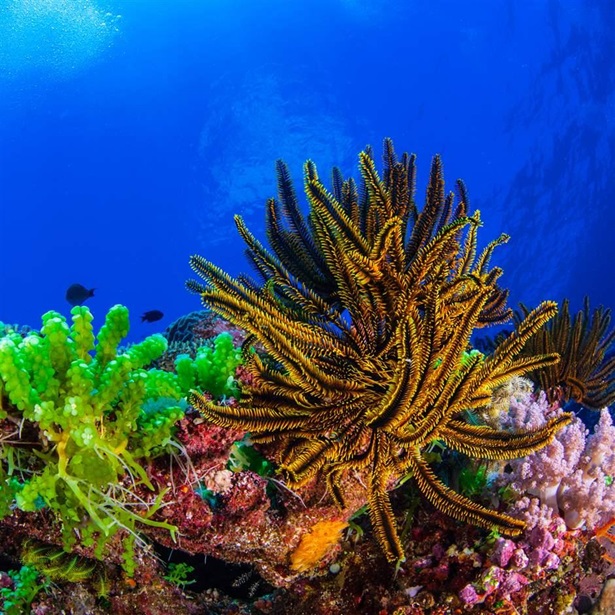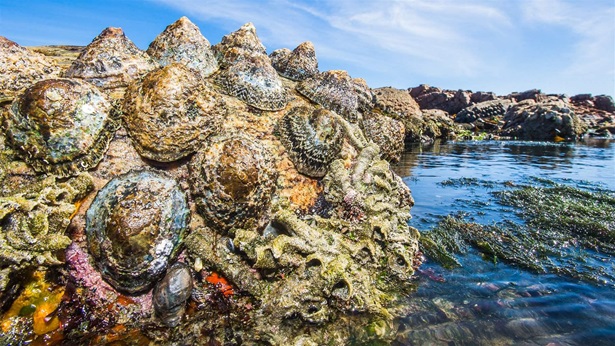New Caledonia’s Marine Ecosystem, Among the Healthiest on Earth, Deserves Stronger Protection
As threats mount, marine park plan offers a chance to lock in safeguards for world-renowned biodiversity
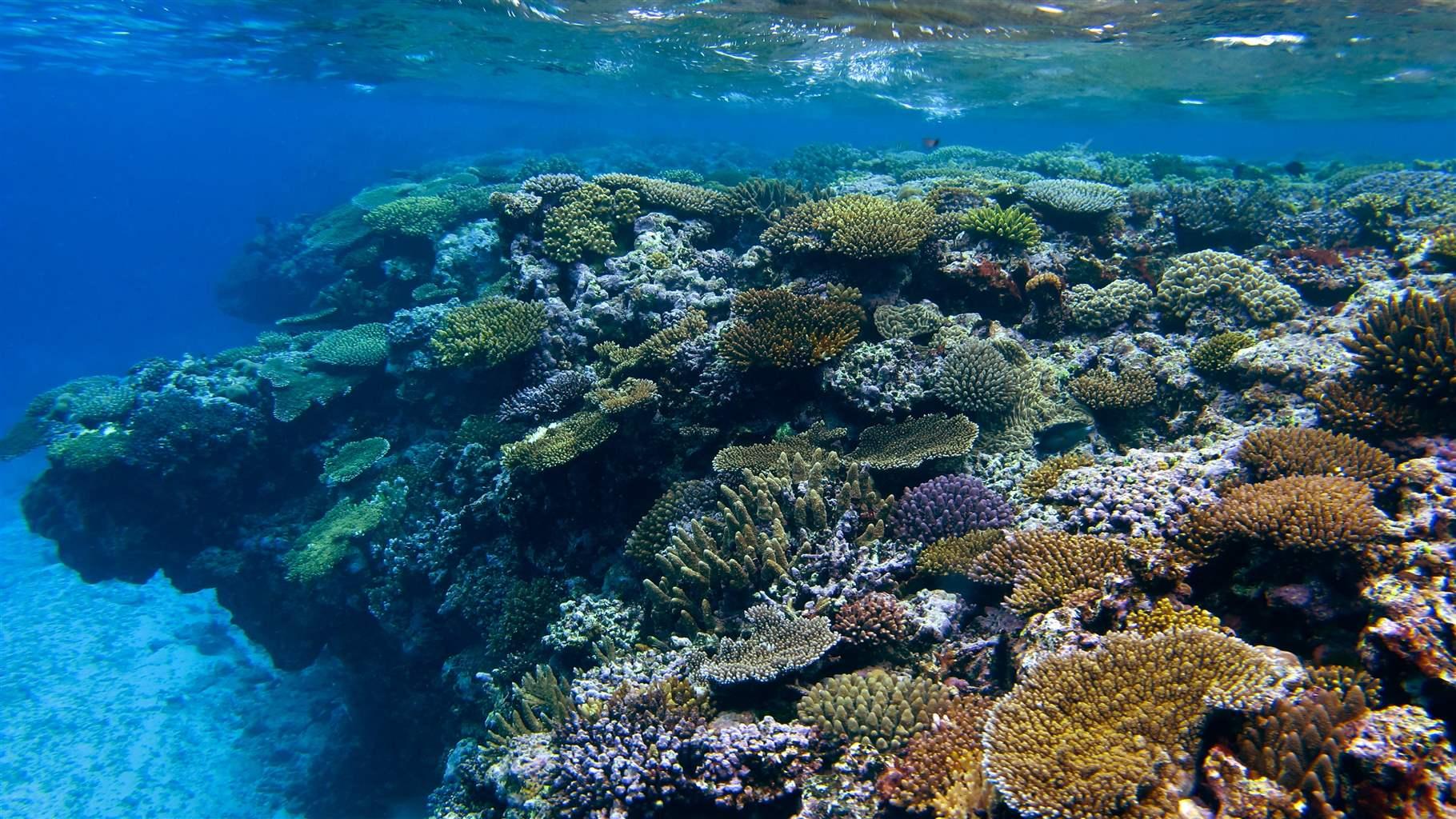
Note: This article was updated on June 4, 2021, clarifying that New Caledonia’s marine ecosystem faces threats from nearby nickel mines, not copper mines.
New Caledonia, a remote French overseas territory in the South Pacific Ocean, is home to some of the healthiest and most biodiverse coral reefs on Earth, including the world’s most diverse concentration of coral species and the second-largest barrier reef on the planet.
In April 2014, the New Caledonian government created the Natural Park of the Coral Sea, which covers the territory’s entire exclusive economic zone. Since that time, the government has been working with The Pew Charitable Trusts, local nongovernmental organizations, scientists, businesses, and the community to develop a management plan that will define the regions of the park, how they will be used, and their levels of protection.
In recognition of World Reef Awareness Day on June 1, here are three things to know about New Caledonia’s reef system and the need for large, highly protected areas within the park.
New Caledonia’s reefs and seamounts are teeming with marine life
The territory’s coral reefs and surrounding tropical lagoons form one of the healthiest, most extensive reef systems in the world and support a vast array of wildlife. New Caledonia’s waters are also home to numerous seamounts (underwater mountains) and the Fosse des Nouvelles-Hébrides subduction trench, both of which also harbor an array of life. In fact, experts have identified more than 9,300 species in New Caledonia’s waters, including: 1,700 species of fish, 473 species of coral, 48 species of sharks, 27 species of marine mammals, 32 species of seabirds, and four species of sea turtles.
This biodiverse ecosystem supports many iconic and threatened species, including humpback whales, giant grouper, black-spotted stingray, manta rays, Napoleon wrasse, sea snakes, and the third-largest population of dugongs in the world. These species depend on healthy habitats for feeding, nesting, reproducing, and migrating.
Coral reefs, which face extinction globally, are critical to humans’ livelihoods and well-being
Coral reefs and the marine life they support are vital to more than 500 million people across the world who depend on them for food, income, and coastal protection. However, these fragile ecosystems are declining across the world because of overfishing, pollution, and climate change. In fact, a new study found that coral is the marine organism most widely impacted by human activity. UNESCO estimates that most reef systems will die completely by 2100 unless humankind reduces carbon emissions, although many reefs will be lost much earlier.
Currently, only 1.5% of coral reefs worldwide are in pristine or near-pristine condition, and New Caledonia is home to one-third of them. However, this fragile ecosystem faces growing threats from commercial fishing and nutrient pollution from nearby nickel mines, along with the global pressure from climate change.
New Caledonia’s marine ecosystem is underprotected
Unique among reef systems worldwide, New Caledonia’s coral reefs encircle the island and thrive in a range of ocean conditions, including warm and cold currents. These waters support all major reef types, and the reef system is considered one of the most beautiful in the world because of the pristine condition and diversity of corals found in such close proximity to each other. In fact, six lagoons and coral reefs have been designated UNESCO World Heritage sites, attesting to their universal value.
New Caledonia’s reefs and lagoons are also part of the territory’s ocean legacy and carry economic, social, and cultural importance for its residents. The reef system provides daily fish and coastal protections and is vital to the Kanak people’s traditions, many of which date back thousands of years. In 2018, the New Caledonia government voted to set up marine protected areas (MPAs) surrounding five reefs—Chesterfield, Bellona, Astrolabe, Petrie, and Entrecasteaux—effectively safeguarding 28,000 square kilometers (10,810 square miles) of waters from extractive activity. However, these MPAs cover only about 2% of the territory’s Natural Park of the Coral Sea.
The government needs to protect more of this fragile ecosystem to ensure it can continue to provide benefits to the community, including storm surge protection and increased resiliency to climate change. The Pew Bertarelli Ocean Legacy Project is working alongside local partners to advocate for at least one vast, highly protected MPA within the Natural Park of the Coral Sea. Studies show that this level of protection fosters healthy marine ecosystems and maintains fish populations—particularly of highly mobile and migratory species. In addition, a large, highly protected MPA would provide broad protection for marine species traveling between New Caledonian waters and Australia’s Coral Sea Marine Park and would show other regional governments that New Caledonia is committed to responsible stewardship of the marine environment. Most importantly, by building strong safeguards into the park management plan, the territory’s government can help to preserve this globally significant ecosystem for generations to come.
Christophe Chevillon is a senior manager and leads the Pew Bertarelli Ocean Legacy Project’s work in New Caledonia.
